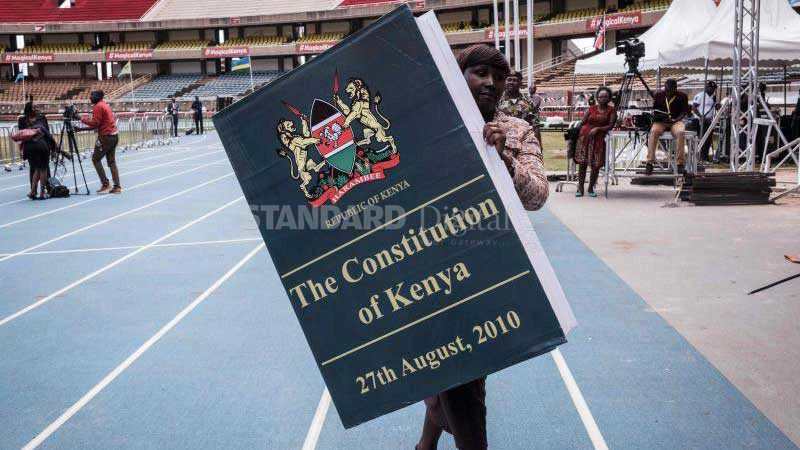×
The Standard e-Paper
Kenya’s Boldest Voice

When Kenya enacted a new constitution in 2010, one of the new provisions that were hailed by many as a milestone was devolution.
As opposed to the previous unitary system of governance where projects were domiciled at the national government, counties became the new units of development and grassroots empowerment.